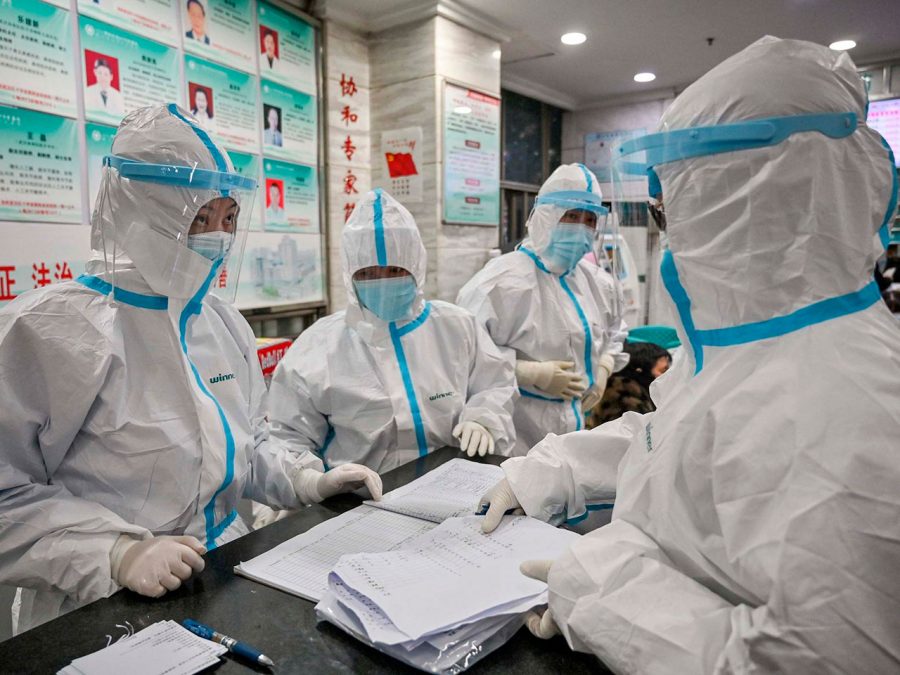Coronavirus Catastrophe
Is America Safe From This Outbreak?
Coronaviruses have been around for decades, but are generally considered pretty mild. As a matter of fact, most coronaviruses end up turning into nothing more than the common cold. The most notable, however, are the ones that jump from animals to humans. In 2003, one jumped from bats to humans, creating the SARS (Sudden Acute Respiratory Syndrome) pandemic. It happened again in 2012 with MERS (Middle East Respiratory Syndrome.) The current coronavirus, referred to as the novel virus, was first noticed in 2019 in China. Scientists are not certain yet how the virus jumped from animals to humans. It has sickened more than 40,500 people worldwide and has killed nearly 900 so far.
Though the CDC was initially unsure as to the origins of the novel coronavirus, experts now believe it was contracted by someone in the Chinese Wuhan precinct that ate an infected snake. Peter Knight, CEO of the conservation group WildAid, recently commented on the possibility of an infected snake being sold at a wildlife market in Africa or Asia. “There’s usually little or no supervision of conditions or restrictions on what type of species can be sold [at these markets],” Knight said. “All societies have eaten bushmeat at some point, including our own, ”says Knight. “But then societies move on to safer forms of consumption through domesticated animals that are slaughtered in sanitary conditions, hopefully sanitary, so viruses are usually not alive when they reach the consumer.”
The CDC says Americans shouldn’t panic, however, as the risk of getting the novel coronavirus is pretty low in this country. Common signs of infection include respiratory symptoms, fever, cough, shortness of breath, and breathing difficulties. In more severe cases, infection can cause pneumonia, severe acute respiratory syndrome, kidney failure, and even death. Dr Anthony Fauci, the director of the National Institute of Allergy and Infectious Diseases, said that based on the data received from Chinese specialists, the “incubation period is probably between 5 and 6 – may be closer to 5 – days.” This means that once a person has been exposed to the virus it takes 5 to 6 days for symptoms to appear. There is currently no specialized treatment for the novel coronavirus; doctors can only treat the symptoms as they arise.
Standard recommendations to prevent the spread of infection include regular hand washing, covering your mouth and nose when coughing and sneezing, and thoroughly cooking meat and eggs. You should also avoid close contact with anyone showing symptoms of respiratory illness such as coughing and sneezing.

Aubree Williamson is a senior during the 21-22 school year and this is her third year in the tiger journalism class. She joined because she wants to help...








